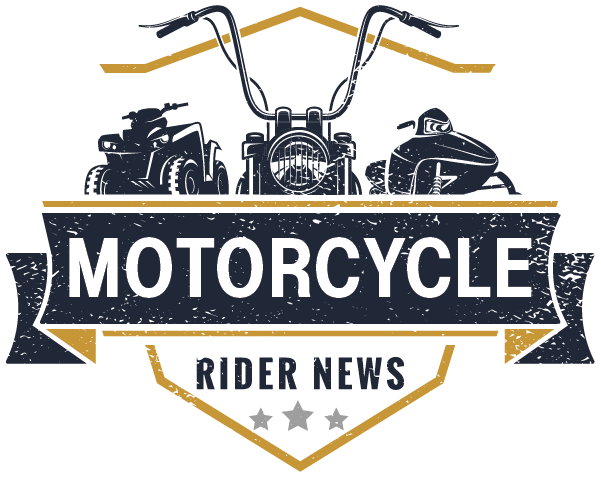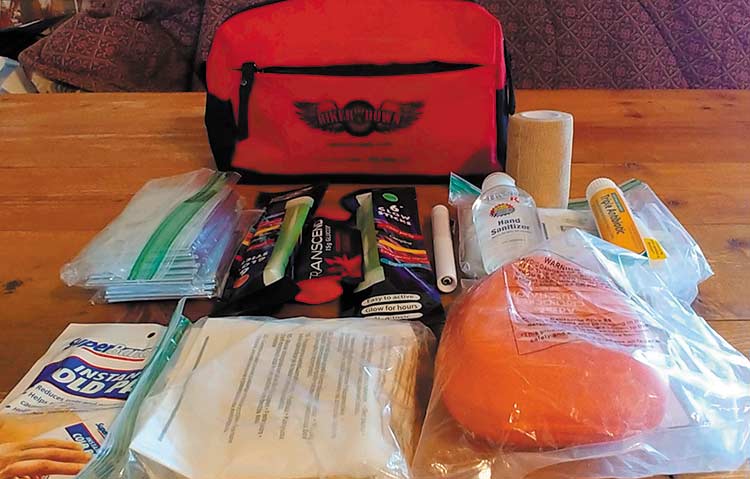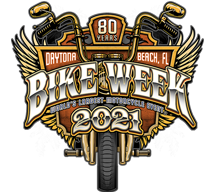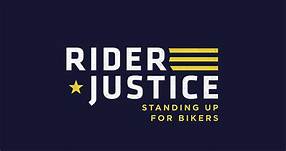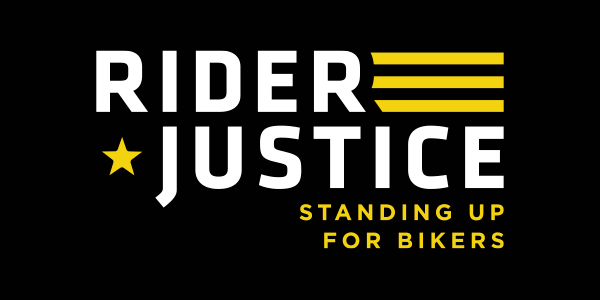

Everyone who rides a motorcycle on our roads should be prepared with some basic supplies in case they ever become injured or stranded. But, while it’s easy to pack a bunch of first aid supplies and emergency gear into a car, bikers have to downsize a lot, which is hard!
I chatted with some road-savvy bikers and came up with the following information to help you pack the best motorcycle emergency kit before you head out this spring!
Motorcycle First Aid Kit Essentials
Riding is almost like camping: you have to plan for emergencies but pack the absolute minimum. To help me prepare the list below, I sought some advice from RoadGuardians.org. They said that, in order to prepare a helpful emergency kit for motorcycles, riders need to think about the types of injuries they may face after an accident. They listed the following as the most common injuries riders face:
- Burns
- Eye Injuries
- Cuts, abrasions and scrapes
- Fractures
- Trauma to the head, neck, spine, chest and abdomen
Given that information, they suggest the following for a motorcycle emergency kit. I have embellished with a few of my own suggestions at the bottom, as well:
- Small first aid book
- Nitrile gloves (like a doctor’s gloves
- Antimicrobial hand cleaner
- Sting relief/burn gel
- Band-Aids
- Antibiotic ointment
- Large (4″x4″) sterile gauze pads
- Emergency blanket
- Sterile saline (with a squirt tip for irrigating)
- Instant cold pack(s)
- Glow sticks
- Trauma shears
- 1 or 2 rolls of 2″ or 3″ roll gauze
- Medical tape
- Tweezers
To this list, I would add:
- Small flashlight
- A power bank for your phone
- Cell phone adapter and cord
- Jacket or rain poncho (These come in very compact packaging)
- Water
I know that looks like a ton of gear but think about each thing separately and look to minimize. For example, only add one set of medical gloves. Select 5-10 Band-Aids of different sizes. Find those tiny antibiotic ointment packets instead of a tube. In the end, I believe you can get all the gear you need into a gallon size plastic bag.
Now, I wouldn’t be doing my job if I didn’t also mention that motorcycle injuries after an accident can be pretty darned horrific. In many cases, you won’t have time to consult a first aid book. For example, if you’re helping a friend who’s just laid down his bike on his leg, you need to act fast. For this reason, I suggest that you take an emergency roadside first aid training course. Check out the Accident Scene Management courses offered by RoadGuardians.org. I have sponsored this organization’s classes through Rider Justice, the biker advocacy organization that I founded, and they do an amazing job.
BikerDown.org Offers Ready-Made Motorcycle Trauma Kit
Additionally, BikerDown offers ready-made trauma kits for a donation of $45. These handy kits come in a small bag, similar to a fanny pack or small shave kit bag and include some basic first aid supplies:
- Bottle of saline to wash wounds
- Burn cream
- Cold compress
- Neosporin
- Scissors (for cutting through chaps, jeans and other clothing)
- Bandages, wraps and tape
- Rubber gloves
- CPR mouth cover
BikerDown founder Laurie Montoya started offering the kits after taking an accident scene management class.
“I believe trauma kits should be a necessary piece of equipment that all riders should have on their bike,” says Montoya. “We need to be prepared to help each other on the road, whether it’s a friend who was burned on a pipe, someone with road rash, or worse. These supplies and skills are extremely important to render aid until emergency services arrive at the scene.”
If you have a first aid kit on your bike and it contains important items that I haven’t mentioned above, PLEASE call or text me at 303-388-5304 or email me at scott@osullivan-law-firm.com. I sincerely want to help bikers be prepared to help each other on the road.
